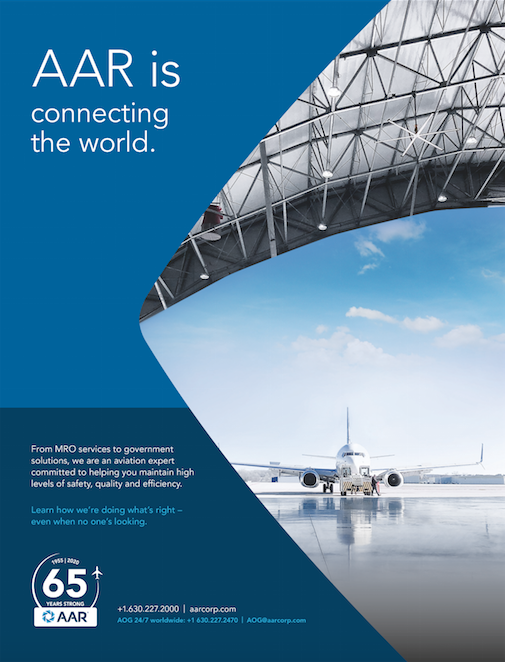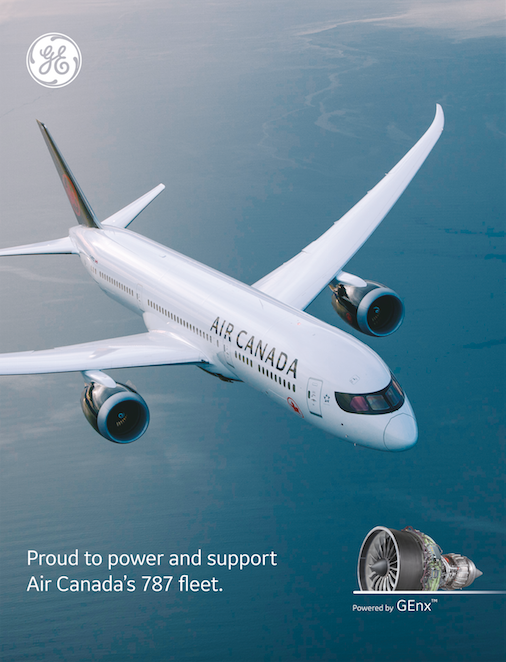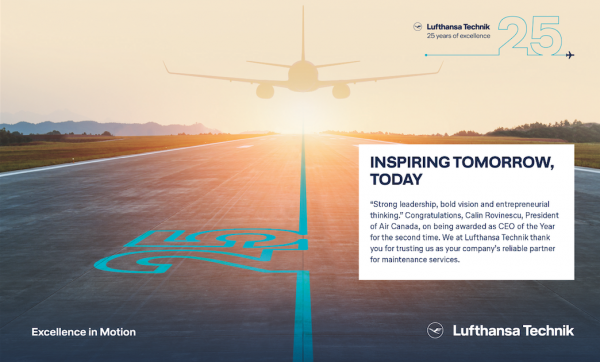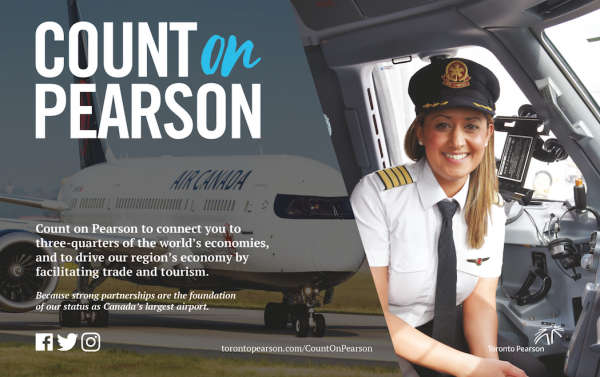His first day in the role was April Fools’ Day 2009 but there was no joke about the storm that Calin Rovinescu had walked into. “The company was in crisis mode,” Air Canada’s President and CEO tells The CEO Magazine.
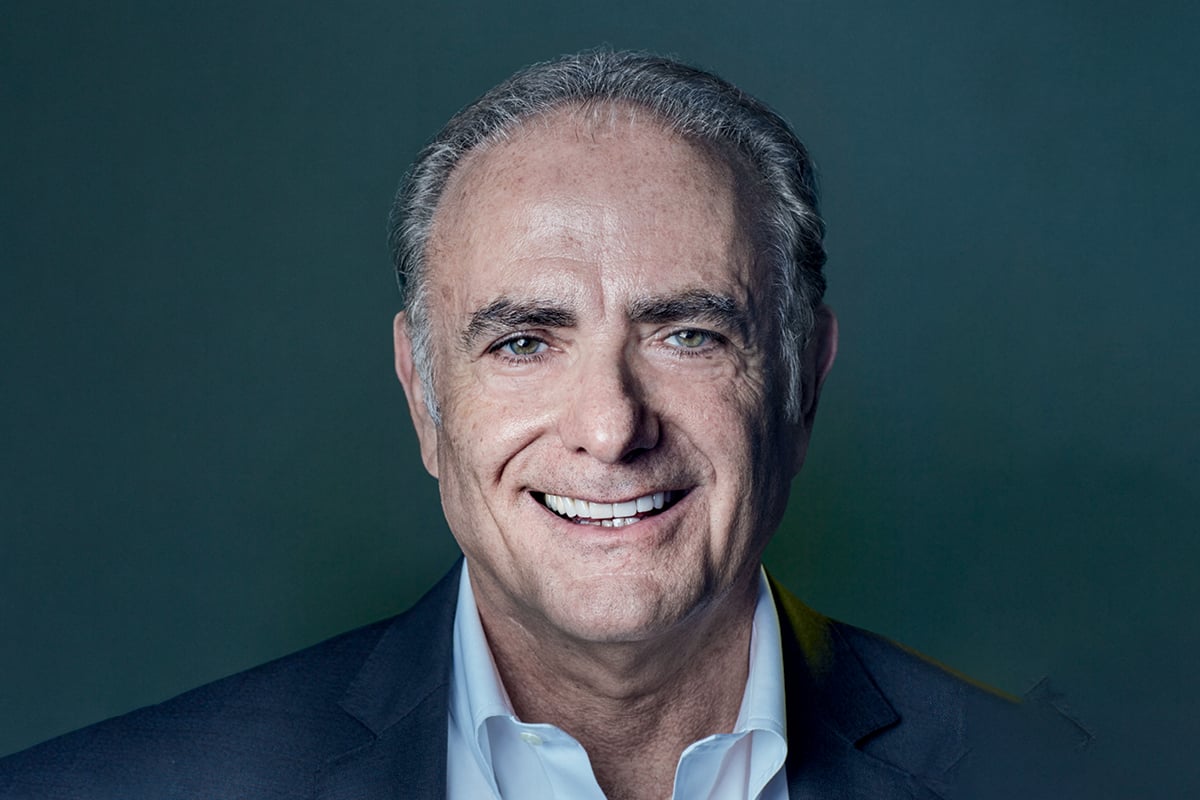
“There was this perfect storm of circumstances leading up to my arrival: a global recession, a financial meltdown, the bankruptcy of Lehman Brothers and Bear Stearns. The banks were no longer lending.”
Not only was the airline’s liquidity quickly drying up but the price of fuel had also more than tripled. “Overnight, this cost alone increased by a billion dollars,” Calin says. The unions were also knocking on the door.
“It was a really ugly time.” There’s no denying that it was a big call to undertake such a daunting rescue effort, but this was not your typical recruitment process: the two parties had decades of history to draw upon.
“I’ve had a long and special relationship with Air Canada. I’d almost call it a 30-plus-year love affair,” he smiles. In 1988, as a 32-year-old partner at Stikeman Elliott law firm, he was appointed external counsel to the airline during its privatization.
“For a young lawyer, it offered one of the most significant opportunities at that stage of my career and was, quite frankly, one of the most interesting transactions the country had witnessed.”
I’ve had a long and special relationship with Air Canada. I’d almost call it a 30-plus-year love affair.
His involvement didn’t end once the deal had been concluded in 1989. Ten years later, Calin defended the airline against a hostile takeover bid made by Onex Corporation.
On the back of that, he officially became part of the Air Canada family, joining as Executive Vice President and working closely with then-CEO Robert Milton.
In the wake of 9/11 and the SARS epidemic, the company, like the rest of the North American airline industry, reorganized and Calin transitioned into the Chief Restructuring Officer role. “That gave me a deep insight into where all the skeletons were buried, so to speak,” he says.
In 2004, he left the company, only to return five years later at the height of its crisis. “When you’re that low, you’ve got almost nowhere lower to go,” he explains as he recalls his early C-suite strategy.
Steps were taken to rebuild with clear messaging prioritized at every stage. “State it simply, break it into a series of smaller, bite-sized tasks, and repeat,” he says, echoing his former mantra. From there, the financial picture was stabilized.
“Then we had to bring our cost structure in line with what was appropriate,” he continues. “We had to be able to deal with our pension deficit and rebuild our product and our brand.”
Once completed, the goal was to become a global champion. On his first day on the job, the share price closed at 78 Canadian cents. In the decade since, it increased by as much as 4,000%.
Calin’s strategy has involved taking a legacy business and converting it into something that is nimble and agile. “I often define us as an 80-year-old startup,” he continues.
“I wanted to be able to move quickly, to react and respond efficiently, and to change the culture so that we can adapt to everything that is thrown at us, much of which is often well outside of our control.”
Perhaps he was thinking about the grounding of the entire Boeing 737 MAX fleet in 2019 (including 24 of Air Canada’s own planes) when he uttered these words in late February, a time when much of the world only had an inkling of the devastation the COVID-19 pandemic would bring.
As countries closed borders, banned flights and enforced widespread lockdowns, the airline industry was virtually grounded overnight.
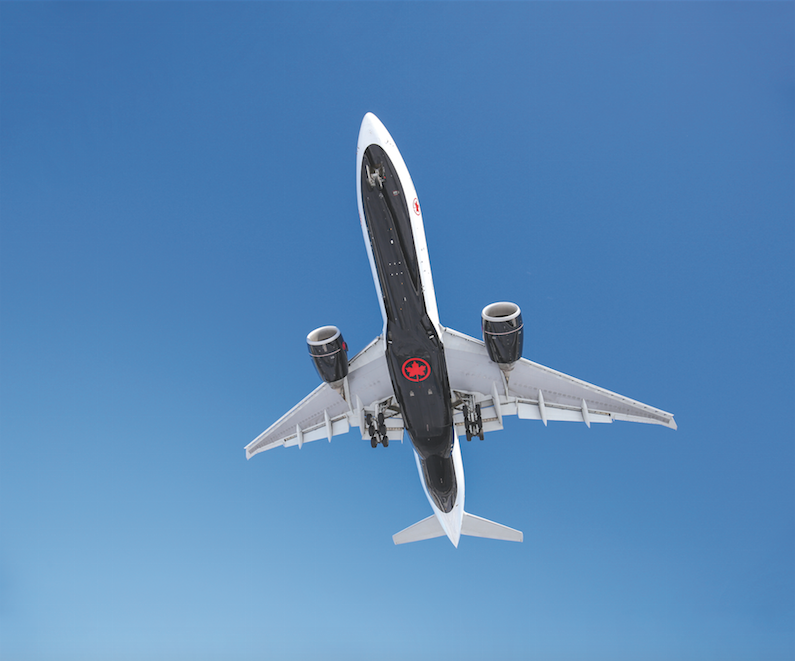
“Dismantling this magnificent network that has been built over a decade has been very hard to watch,” Calin said in a published address to customers and employees in March as he announced a more than 90% reduction in seat capacity and operations. But airline executives know that crises come with the territory.
“The business itself is extraordinary levels of complication, one that is affected by virtually everything going on in the world,” he says, describing the industry as “multi-dimensional chess”.
But the past 10 years of hard work don’t count for nothing, especially in these extraordinary times. With CA$7 billion (US$5 billion) of liquidity and a strong credit rating, Calin says that Air Canada “is in a stronger position than almost any other airline in the world to survive this cataclysmic event”.
I often define us as an 80-year-old start-up.
During this time, he’s drawing upon a quote from Sir Winston Churchill as he rallies his troops: “When you are going through hell, keep going.” Although it’s still too early to comment on how the other side may look, the industry will certainly be smaller, Calin says.
With his track record, if there’s one leader to have confidence in to lead you through it, it’s the Air Canada boss; at the time of writing, he had announced that, along with Deputy CEO and CFO Michael Rousseau, he would take a freeze on his own salary for three months.
“When I look forward to the next five years, we’re extremely well positioned to win regardless of what is thrown at us,” Calin says. “As a culture, we can be flexible, change our network on the go and figure out what we need to do with our fleet. In other words, we’ve got nimbleness.”
The acquisition of coalition loyalty company Aeroplan has also strengthened its position. “That will help us transform our internal frequent flyer program,” he says.
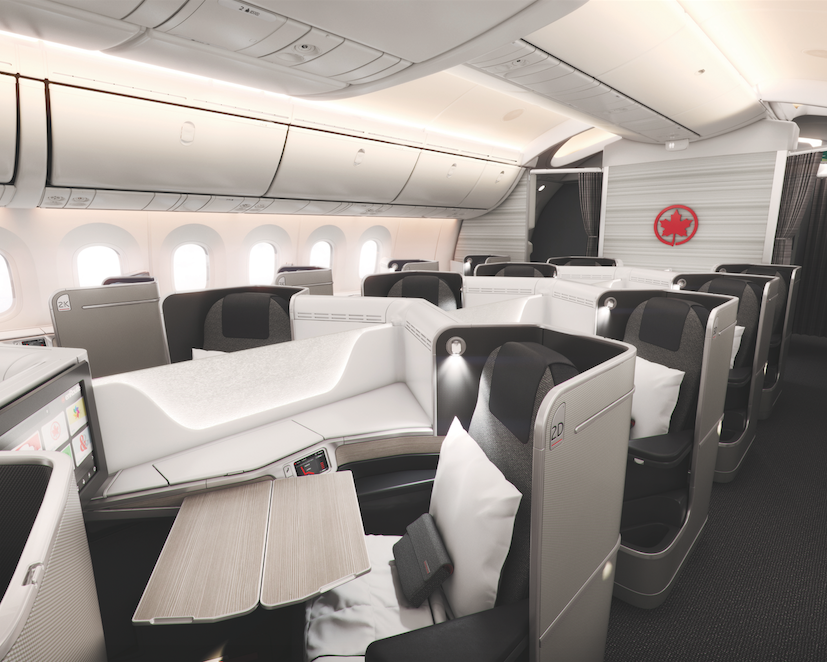
Calin also expects the short- to mid-term to bring “tremendous energy” in the digitization of the company’s offering both on the loyalty side and the operations side.
“We’ve been investing a lot and we’re implementing a new reservation system, which is very complicated.” It’s the airline industry equivalent of a heart and lung transplant, he explains.
“But we’re making those kinds of investments to be able to have targeted offerings for our customers and to be able to interface better with our Star Alliance partners and our joint venture partners.”
Alongside the technological advances, there’s still plenty of room for the more personal aspects of the business. “Collaborations are part of that next chapter as well,” he explains.
“With almost CA$20 billion [US$14.1 billion] in revenue, we touch so much of the economy that we do see opportunities in terms of increasing partnerships domestically with other industries and internationally with other airlines.”
After all, he continues, “airlines are in a unique position where they do business with virtually everybody”. Estimates put the economic contribution of an airline at five to seven times the spend in its country of domicile.
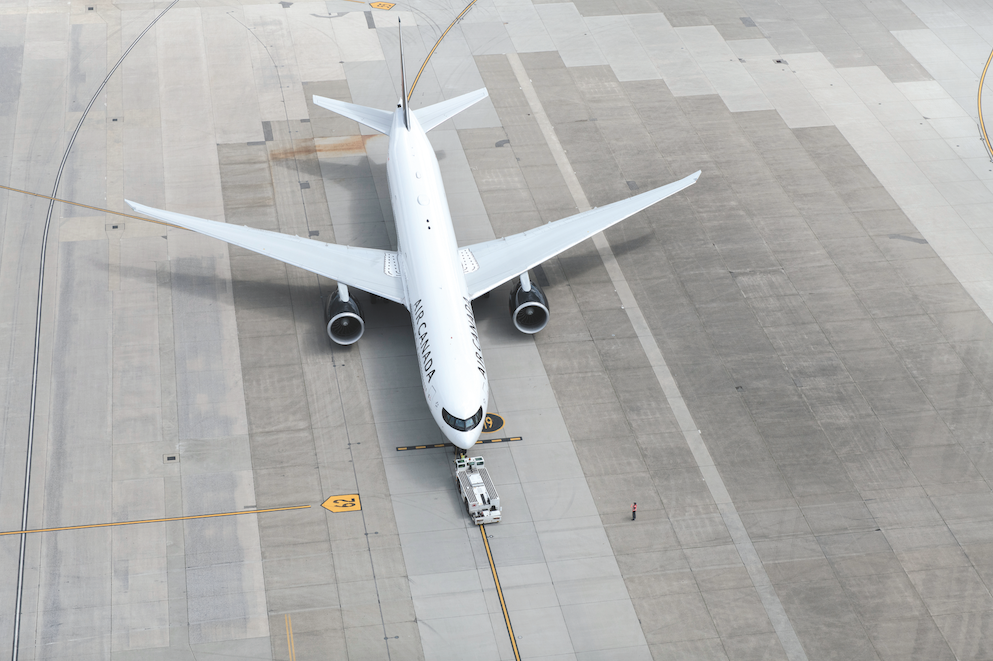
“In Canada, we spend about CA$10 billion [US$7 billion]. By these calculations, therefore, we’re contributing between CA$50–70 billion [US$35–50 billion] to our economy.” This reach extends from hotels to tour companies and equipment providers, such as engines and simulators, to even more unexpected domains.
“When newspapers were something that people liked to read by holding onto them, we were the biggest distributor in the company. We also buy wines from all kinds of providers,” he explains.
As a culture, we can be flexible, change our network on the go and figure out what we need to do with our fleet.
“We end up being in the center of so much and we take great pride in the very powerful economic contribution of airlines.” It’s something he’s not afraid to remind governments of either. Nor his strategic supply chain partners.
“Airlines have historically been at the bottom of the food chain in terms of return,” he says. “Given the amount that we contribute to businesses – and the economy overall – that’s a position we shouldn’t be in.”
And something, he continues, that he has worked very hard to change. A big believer in what he calls the exponential power of partnerships, he says there should never be a winner and loser in relationships that are meant to exist long-term. Instead, the term he emphasizes is “fair”.
“We have a competitive bidding process for our work throughout the supply chain. Our expectation is that all parties make a fair return,” he says. “These agreements should be win–win for both sides, as opposed to win–lose for somebody.”
This mentality has guided the airline as it has worked to restructure many existing partnership agreements under his leadership. “We have brought aircraft from all four main manufacturers: Boeing, Airbus, Bombardier and Embraer,” he says.
“And we’ve been customers of GE Aviation, Pratt & Whitney and Rolls-Royce. In terms of aircraft and engines, we’ve worked with them all. We do our homework, but our expectation is that these collaborations can be win–win, without us being taken advantage of in the negotiations.”
When it works, everyone benefits from the results. “Partners have made us better,” Calin continues. “Especially when I go back to 2009 when Air Canada was in a very difficult financial position. We counted on our partners to play ball with us. And the partners that did, benefited long-term with us over the decade.”
Since coming on board, Calin has overseen the creation of more than 10,000 jobs. Along the way, he has been a great champion of diversity in the workplace, especially with regards to gender.
“It’s really at three levels in the company,” he explains. At the top, a concerted effort has been made to bring women into leadership roles and today, he says, 40% of senior management are women, including the airline’s executive committee.
Airlines are in a unique position where they do business with virtually everybody.
Its annual Women in Aviation Day is just one example in a series of initiatives to encourage diversity in an industry traditionally dominated by men, especially fields such as engineering, maintenance and operations.
“We have made a commitment to expose different generations, both internally and outside the company, to what we do, how our operations work and all the potential employment paths to pursue,” Calin says.
As a career, aviation has long been considered a glamorous choice, although its shine is starting to tarnish slightly as discourse increases around its carbon footprint. Currently, the industry is responsible for around 2.5% of total global carbon emissions.
As Air Canada works towards global sustainability targets, it is also adopting its own, starting with a major re-fleeting program worth upwards of CA$14 billion (US$10 billion). “These new aircraft are more capable and have lower emissions,” he explains, adding that the number one driver in terms of sustainability is technology.
Rather than placing too much emphasis on carbon offset programs, the airline has also started to invest in nature-based solutions and alternative fuels. “We have been one of the first participants in looking at sustainable fuels made from stock feed and other different materials to fossil-based fuels,” he explains.
While much of these long-term commitments are not yet available, the airline is already able to implement initiatives in plastics reduction and the conversion of ground equipment to electric power.
We have been one of the first participants in looking at sustainable fuels.
“It’s a multi-pronged process of actually doing real things as opposed to saying we’re just going to buy offsets, which in many respects is an easy way out,” he adds. ‘Formidable’ and ‘bold’ are some of the words that have been used to describe Calin, and he has collected numerous awards and accolades in recognition of his accomplishments in the role.
Last year, he was named The Globe and Mail’s Report on Business Magazine’s CEO of the Year, a title he also held in 2013. Other honors include the Executive Leadership Award at the 2018 Airline Strategy Awards and Canada’s Outstanding CEO of the Year in 2016.
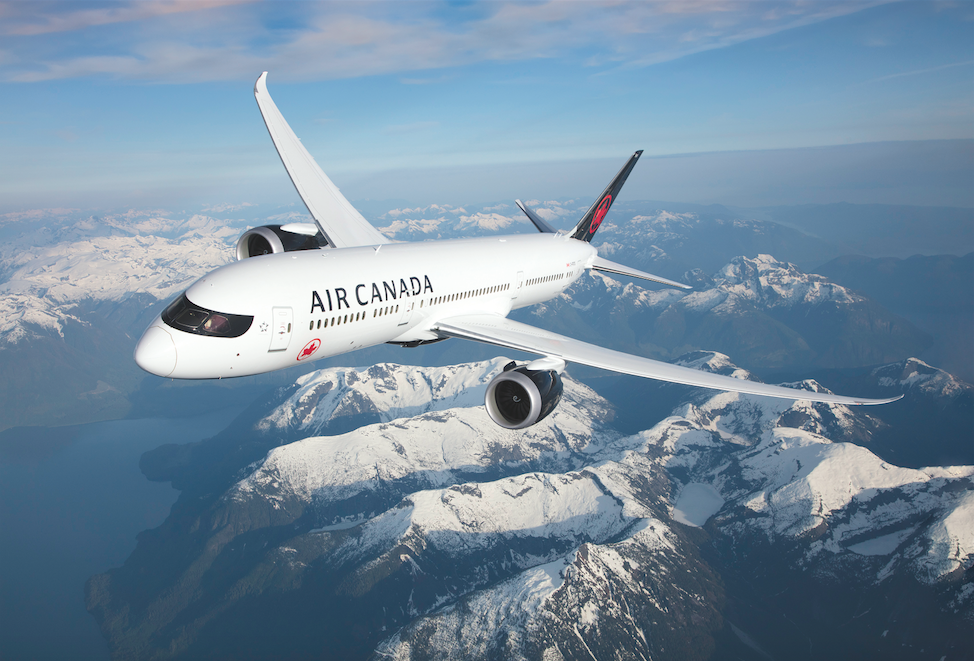
In 2015, he became the 14th Chancellor of the University of Ottawa. With so many others quick to acknowledge his success, how does he himself define it? “I never wanted to be a one-quarter- or a one-year-wonder,” he says.
“It had to be something that was durable and sustainable over the long-term. This is the one thing that I feel like I measure myself on. “Yes, I’m extremely pleased that we’ve had record financial results, record revenues, record liquidity levels, record cash levels, record earnings, record load factors, many years of record expansion of new routes and record stock market performance. Those are all nice to have,” he continues.
“However, what I measure the most is the fact that we are a much more durable, sustainable company that can bob and weave with whatever we meet. And that is the true measure of success for me in terms of leadership.”
Proudly supported by:
